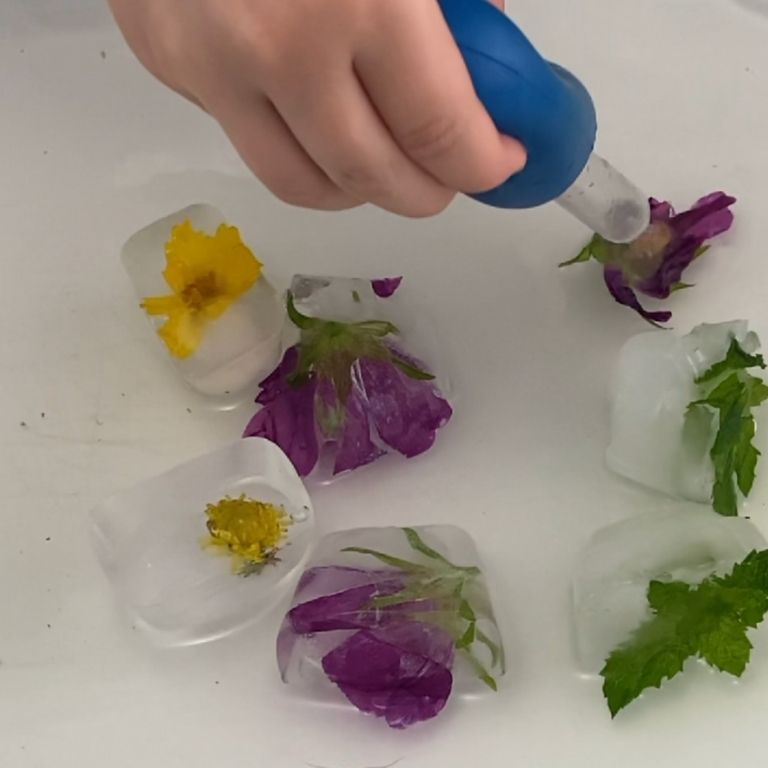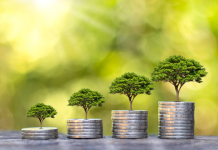Check out this post that originally ran in May, 2022 for creative and fun ways to keep cool at home this summer!
My oldest son went through a stage where he would freeze his LEGO mini-figures in water. Then, he would take them out and watch the ice melt, thus rescuing the LEGO people. This went on for several days, maybe weeks. I would open up the freezer and see a cup full of water with LEGO bricks. There’s just something about ice that fascinates kids. Today I have a few simple science activities with ice for you to try with your kids this summer.
Summer Science Activities with Ice
Ice Rescue
This can be as simple as what my son did. Place a plastic toy in a freezer-safe container, cover with water, and freeze.

Place the frozen toy on a tray or baking dish. Supply your child with water to rescue the toy. Experiment with different temperatures of water. You can place the water in squeeze bottles, provide a cup and a dropper, or let them pour the water over the ice.
You can provide your child with some salt (regular table salt or kosher salt – you can experiment with the coarseness of the salt). Salt lowers the freezing point of water, so it will make the ice melt.
You can freeze the items in an ice cube tray or special-shaped molds. Below I’ve used a heart-shaped mold. I’ve also used egg-shaped molds to have frozen dragon eggs.

Add washable liquid watercolors to provide some color to the experience. Use different colors to watch what happens when the colors mix. (I recommend washable liquid watercolor over food coloring because food coloring can stain fabric and surfaces.)
Frozen Flowers
Try freezing some flowers or herbs. Have your child hunt for some dandelions or clover, or use whatever flowers you have on hand. Just be sure the flowers/herbs are safe for kids to touch. Use edible flowers if your child is likely to put them in their mouth.

This is a great addition to the water table outside. I would recommend keeping the salt away from your plants.
As the flowers are released from the ice, their colors may dissolve into the water.
Melting Ice
For this experiment, you’ll need regular ice cubes from the freezer. Where will the ice melt the fastest?
Choose a few locations inside or outside. Place the ice cubes in containers and set them in their locations. Check on them every once in a while. Which one melted first? Was your prediction correct?










